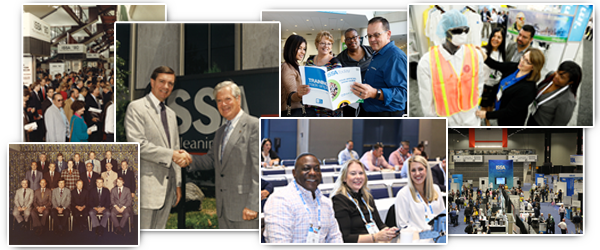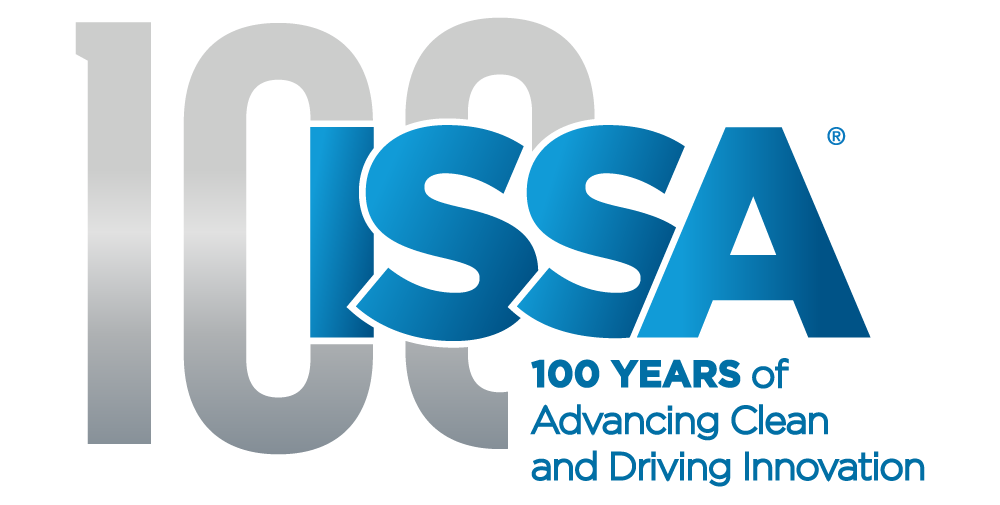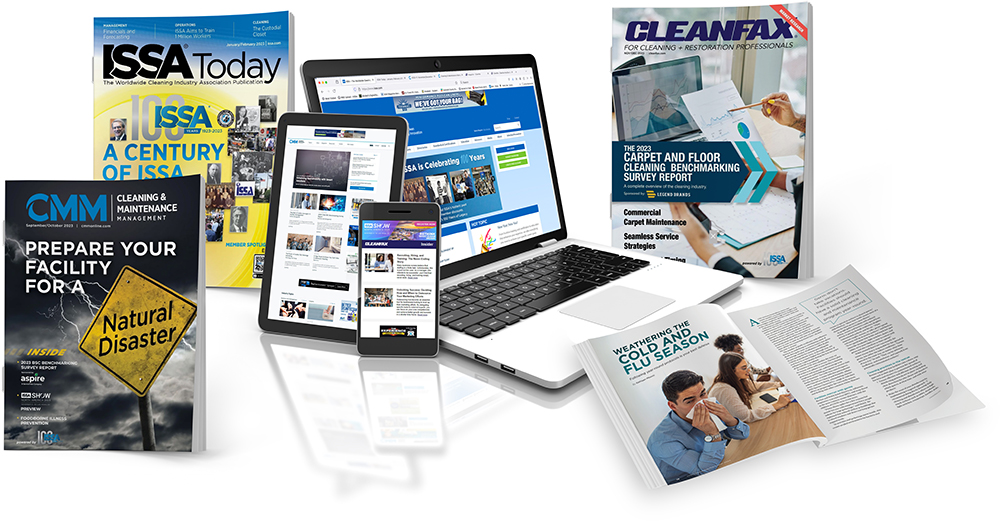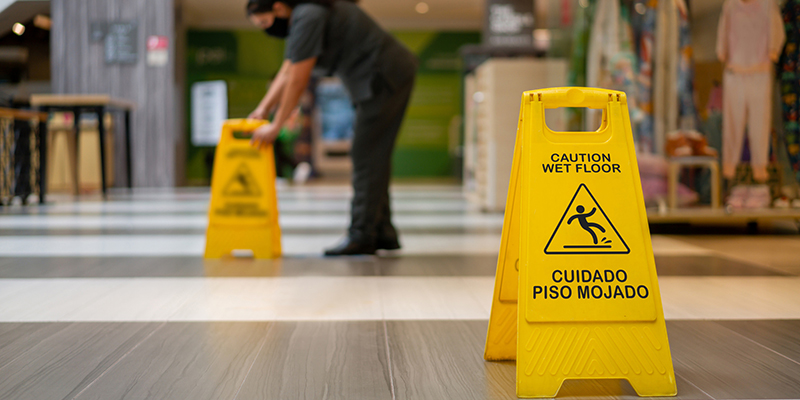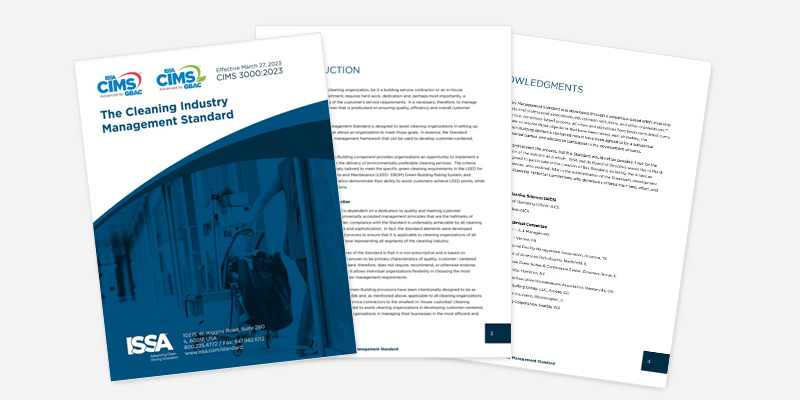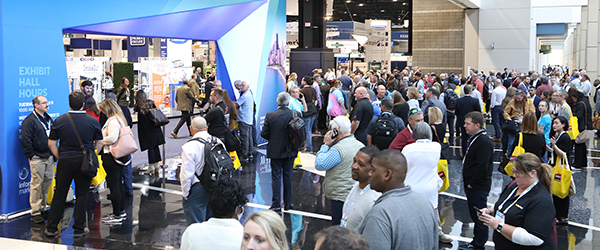Technology and Building Service Contracting

“Technology doesn’t define our operations; it can only enhance them.” When presenting to future or current clients, this has been one of my favorite rebuttals in addressing technology integration into our operations.
It isn’t that we are resistant to technology—quite the contrary. My question has always been: Is it as effective as it has been sold to be, and how do we make it work for us versus us working for it?
Clients hear about the theory of operation, bells and whistles, a new horizon on cleaning innovation, etc. My brain begins to hurt because what they heard about that new piece of technology was cost savings, efficiency, and better outcomes. And while we absolutely want all those things, too, the question of how to deliver those outcomes is often left to us—the service provider—to answer.
Technology influences strategy
As I reflect on my 25+ years working for building service contractors (BSCs), technology has always influenced our strategy from entry-level management to leadership levels. When I first entered the industry, touchless dispensers were all the rage. But look how far we’ve come; today, we can manage frequencies of service, customer throughput, predictability cleaning, and waste levels, not to mention the dispensers are even smarter, and we can manage the levels of paper in them any time.
Historically, our industry has been defined by productive labor. We sweep, mop, remove trash, dust, vacuum, rinse, and repeat; say that fast in a meeting, and clients love it. They want to know that we know the business, we know how to manage it, we know best-in-class processes and procedures, and that we use the best in cleaning technology, chemistry, and equipment. But do we?
Nobody wants to hear or talk about the C word any longer (COVID-19). While we aren’t going to talk about it here, we better understand and embrace how it propelled the industry into the future faster than I suspect many of us are ready for. Labor shortages, supply chain issues, validation of service delivery—COVID-19 highlighted areas that, as an industry, we have taken for granted, while it simultaneously reshaped client perception of our services and how we deliver them.
BSC technology is better than ever
So, what does the future look like for BSCs? Brace for impact and try this one on for size:
“Our operations are rooted in the most effective integration of technology and productive labor to drive to the highest quality outcomes by validating service delivery.”
And then it’s followed up with this:
- We can install autonomous vacuums and floor scrubbers and reduce labor costs by 30%. This is validated by GPS mapping, time and date stamping, and utilization data of run time in manual and autonomous mode.
- We can aggregate all data from restroom and breakroom visits, provide cleaning based on usage versus frequency, and reduce labor costs by an additional 5-10%.
- We can more effectively manage supply usage to near 100% utilization and reduce supply and labor costs by an additional 5%.
- We can validate the time our employee entered and exited the restroom with a completed checklist of tasks performed.
- We can respond within ten minutes based on alert notifications from either NFCs (near-field communications) or QR Codes.
- Inspections of services give us leading and lagging performance indicators and recommend adjustments based on those metrics to improve service delivery further.
- The good news is this does make us better, it does improve service delivery, it does reduce costs, and this should be your wake-up call if you aren’t prepared.
Which side of the technology curve are you on?
We should all ask ourselves, which side of the bell curve are we on today, and how do we get over the proverbial “hump?”
As an industry and as individual contributors, we must embrace technology. It will continue to evolve and become more and more prevalent in our everyday operations. We will be evaluated on the technology we use, how we integrate it, and how we validate the outcomes. As technology becomes more of an integral need versus a want from our customers’ perspective, we must embrace those solutions, maximize the benefits and outcomes, and rethink how we deliver our services.
Our operations may not be defined by technology today, but it is the future of how we operate.
Autonomous cleaning is here and here to stay. We can now measure the return on investment in actual labor and efficiency savings and validate run time and cleaning effectiveness. Not to mention, the unit doesn’t have good and bad days, and it doesn’t mind working holidays and weekends.
We’ve all seen them: digital display of available stalls, QR Codes, client throughput counting, etc. Technology will allow us to move more towards on-demand cleaning versus frequency-based cleaning for more efficient utilization of resources and better outcomes.
I was fortunate enough to have led the largest conversion install of enMotion® towel dispensers when they first came out, which was well over 1,000 dispensers. I was an assistant manager running janitorial operations for a manufacturing company. I earned a Six Sigma Green Belt certification for the cost savings of both labor and supply costs. Today, that dispenser tells us when it needs to be refilled. This ensures soap, towels, and toilet paper are always stocked.
Today, my employee walks into a restroom, and a Bluetooth beacon pings the iPad mounted to their cart. The system validates when they entered and exited and what tasks they completed. I have irrefutable proof with pictures of what was completed and the measurable outcomes, the best defense possible if you receive a service complaint.
I have a love affair with our industry. We impact so many lives daily, employee development that allows us to promote them, ensuring clean facilities for millions of people—every day. And yes, it can be thankless at times, but it is never dull, and it looks like the next five years will be even more interesting than the last 25 years!






